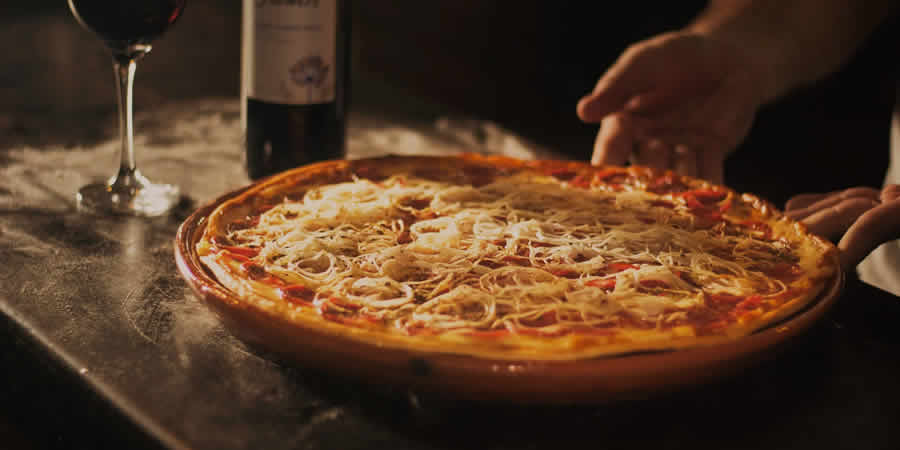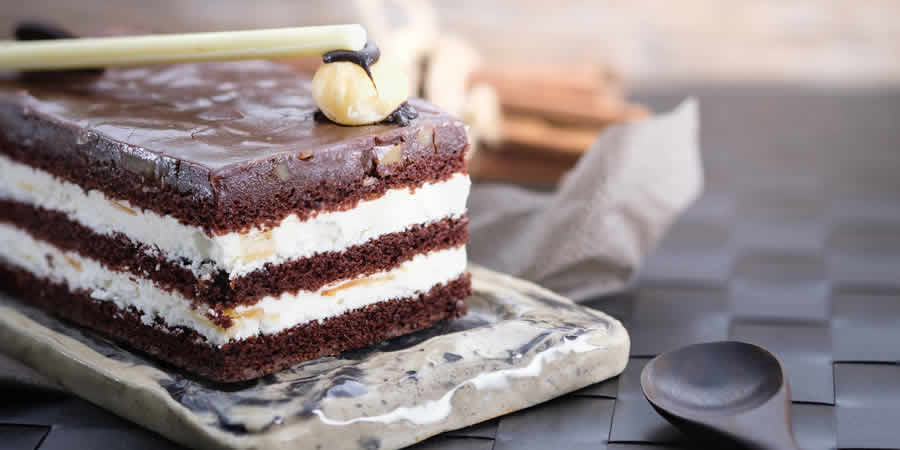Food photography has become an art form in its own right, with enthusiasts and professionals alike taking pictures of their meals and creating stunning visual masterpieces that celebrate the beauty of food.
But food photography is not just about taking a pretty picture – it’s a precise art that requires a deep understanding of spacing, distance, color, and focus. With the right techniques and tricks, you can make your food appear irresistible and mouthwatering.
In this gallery, we share helpful tips and tricks to help you create stunning food photography. From lighting and composition to plating and styling, we cover everything to make your food look like the best money can buy.
Whether you’re a food blogger, a professional photographer, or someone who loves taking pictures of their meals, these tips and tricks will help improve your food photography. So why wait? Dive in and start creating stunning visual feasts that will leave your viewers hungry for more.
1. Equipment
Professional photographers use expensive digital backs on equally costly cameras, but the barrier to entry isn’t that high. All you’ll need is a DSLR or an advanced point-and-shoot that will let you make adjustments to your shots.
The most important characteristic of your camera is the ability to tweak its settings instead of relying on automatic modes. For DSLRs, interchangeable lenses are a must for taking photographs of different subjects. Tripods are also essential to keep your shots steady.
Optional tools include lamp stands for external lighting, as well as lens shades to control the light. Don’t forget the accessories to complement your food, like bowls, napkins, silverware, and flowers.

2. Camera Settings
We touched upon this in the last section, but for food photography, it’s essential that your camera has the ability to manually change the settings. It’s the only way you can focus on the minute details of the food and highlight the features you want to emphasize.
Take note of your aperture, which controls how much light will hit your sensor. A low aperture setting will let in more light, resulting in brighter photographs. Its partner, shutter speed, controls how long the shutter is open. You usually adjust both these settings to compensate for changes in one setting with the other.
The third important setting is ISO, which controls your camera’s sensitivity to light. A higher ISO is used in darker scenes, but will result in a grainier photograph.

3. Composition
Having the right equipment and understanding the camera settings is nothing if you don’t know how to compose your shot. Food photographs are usually crisp and well lit, bringing out the texture of the food. Your goal is to feed your readers through their eyes, making them want to reach out to the photo and nab the food.
When composing, remember that the food itself shouldn’t be the only thing in the shot. The bowl or plate that holds the food (or even a napkin or a spoon) frames the subject in such a way that the accessories emphasize its presence. Avoid blank spaces and create a sense of movement in the image—crumbs, flakes, all in a natural position.

4. Lighting
Natural lighting is always recommended for food shots. While your eyes (and brain) can adapt to any light and reconcile what the food is supposed to look like, cameras aren’t at the same level and need all the help they can get.
Ample light source is one of the most critical elements of food photography — find your light source and compose around it. Do you use the light shafts streaming through the window or the increased light available coming in the doorway? Lighting brings out the food’s natural color, which is very important in keeping your subjects appetizing and appealing.

5. Angle
Like in any mode of photography, angle is critical in bringing out the best in your subjects. This is particularly important in food photography because the shots are so close.
Some foods are best shot from above, like grains and cereal (with bits outside the bowl to create dynamism). Others, meanwhile, are best shot from an angle, such as cakes with layers.
Angle comes after composition—you don’t want to have to think about the silverware and the napkins when the food is ready to be shot.

6. Focus
Focus changes the primary elements of your shot. You wouldn’t want the fork to be the main subject in your picture of a cake, after all.
Focus is a result of the different settings and techniques working together, and is also influenced the camera’s distance from the subject. However, if your camera’s autofocus isn’t cutting it, you can also manually adjust this setting to focus on the subject you want.
How deep or short will the depth of field be? Because food photography relies so much on macro, having an understanding of focus is important.

Of course, these tips all lead up to the shot itself. If you want to do more with the photo, you can always edit them after the fact. But if your photo isn’t good in the first place, there won’t be anything to touch up.
Food Photography Inspiration
Here are some fantastic examples of food photography for your inspiration:

More Photography Inspiration
Related Topics
Top


















